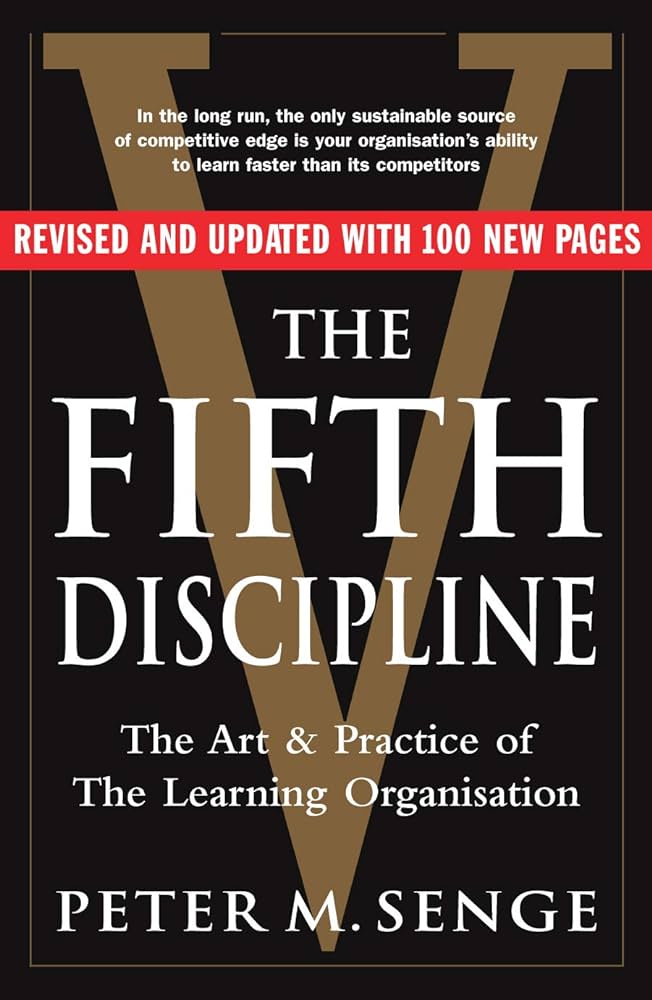The Experience-Centric Organization- How to Win Through Customer Experience
RATING


In the book The Experience-Centric Organization: How to Win Through Customer Experience, the author Simon Clatworthy provides an in-depth guide of the organizational evolution of experience-centric business models. He provides a history of such organizational evolutions and business models, then explains how and why certain models work, and finally provides a guide to implementing customer-centric practices into your own business model. Simon Clatworthy is a professor of interaction design at the Oslo School of Architecture and Design and is responsible for the area of Service Design at the School. He has been working with interaction design since 1983 and holds an MBA in Design Management. He has recently been focusing on how organizations should change such that they can better develop and support the delivery of memorable customer experiences.
The Experience-Centric Organization has been written as a “one-stop shop” guide for business professionals who are responsible for or are looking to develop their business models to create better customer experiences.
The book’s structure is broken up into three distinct parts that delve into the why and how of experience-centric organizations. Part I focuses on leadership and presents the case for the experience-centric organizations, the transformation path toward it, and the organizational characteristics needed to become experience-centric. Part II is about the “how” of the experience-centric organizations. It goes into detail about the customer experience itself and how to design for it. Part III presents two guest chapters that describe new, evolving areas of competition and competencies that businesses should aspire to develop, once they have become experience-centric.
This book offers a very succinct and in-depth introduction to the development of building a successful and positive customer experience. It is a modern text which hits many right spots and provides a good explanation and guide to understanding experience-centric business models and organizational processes. Clatworthy succesfully conveys a complicated and detailed topic in a digestible and understandable manner.
While the book is well written and hits many aspects of experience-centricity right on the head, if you truly want to successfully develop your business model, it’s not as easy as reading a single book and transforming your business. Clatworthy conveniently skips the parts of mass trial and error along with business development and change management pains, among other things – all of which business leaders will have to deal with.
Is your organization prepared for the next paradigm of customer experience, or will you be left behind? This practical book will make you a winner in a market driven by experience, enabling you to develop desirable offerings and standout service to attract loyal customers.
Author Simon Clatworthy shows you how to transform your organization into one that aligns your customers’ experiential journey with platforms, organizational structures, and strategic alliances. Rather than treat customer experience as an add-on to product and service design, you’ll discover how experience-centricity can drive the whole organization.
- Learn the five steps necessary to transform into an experience-centric organization
- Explore the underlying structure needed to design and deliver memorable experiences
- Understand how customers and clients experience products and services
- Develop experiential DNA as an extension of your brand DNA
- Be proactive by translating cultural trends into experiences
This book has a plethora of invaluable insights and expertise to offer aspiring business professionals who are open-minded and eager to develop their business models to incorporate an experience-centric mindset. The Experience-Centric Organization will give you a solid foundation of understanding of what experience-centricity is, why it works and who it’s worked for. It also offers a guide on implementing many of the same proven strategies within your own firm.
If you want to delve deeper into customer-centricity and how to properly implement it, check out classic “Customer Experience Strategy” (Senteo review).

“The Experience-Centric Organization” is focused both on examining the theoretical explanations of customer-centricity and providing concrete frameworks for its integration in your organization.
See content on this topic

Sales training for front line along with basic development and coaching principles for line management.
Understanding branding and communications from the standpoint of emotional engagement and building relevant and meaningful dialogue with customers.
This course covers a complete view of customer touch points (both physical and virtual) and a unique model for standardizing and managing customer contact models across channels including approaches for customer feedback, quality management, and migration.
Understand how the innovation process changes moving from functionality and channel design to a process focused on creating value for customers.
Experiential Branding & Communications – Improving Brand Integration Through Emotional Engagement.
This course covers a complete view of customer touch points (both physical and virtual) and a unique model for standardizing and managing customer contact models across channels.
Understand the value of a customer-oriented analytics package and how behavioral scenarios can be used to improve profitability through influencing behavior and usage.
To understand the principles of game dynamics and learn how to effectively use the elements of gamification in business: to involve customers, employees and contractors in the process.
Understand the components and features in a complex Customer Relationship Management system (infrastructure, architecture, functionality, etc.) and the uses and benefits for both the business and the customer.
Understanding the range and function of different relationship management processes used to build customer engagement models and manage the quality of customer relationships.
Understand how the innovation process changes moving from functionality and channel design to a process focused on creating value for customers.
Understanding the drivers and mechanics of corporate culture will help any management to design and develop an organizational culture for success and growth.




 Copy Link
Copy Link
 E-mail
E-mail
 LinkedIn
LinkedIn
 Facebook
Facebook
 Telegram
Telegram
 WhatsApp
WhatsApp
















 Go Back
Go Back
Leave a Reply
You must be logged in to post a comment.